Advanced Study Group: Theoretical Challenges of Quantum Magnets with Complex Anisotropies








Bruno Tomasello
(University of Catania, Italy)
I am a theoretical physicist working at the interface of quantum magnetism and emergent phenomena. My background includes studies on rare-earth-based quantum materials, such as garnets (Tb₃Ga₅O₁₂, Tb₃Fe₅O₁₂) and pyrochlores (Ho₂Ti₂O₇, Dy₂Ti₂O₇, Pr₂Sn₂O₇), where I have investigated single-ion anisotropy, crystal-field effects, monopole dynamics in spin-ice compounds, and thermomagnetic properties through both analytical and numerical models. My research is deeply connected to experimental efforts, especially via neutron scattering and synchrotron techniques. At the University of Catania, my focus has expanded toward plasmonic excitations, especially Kagome materials with semimetal physics. I am currently studying how spin-orbit coupling (SOC), strain, and topology shape collective electronic responses, with implications for thermoplasmonic effects, light-to-heat conversion and the development of optoelectronic platforms for energy and environmental applications.
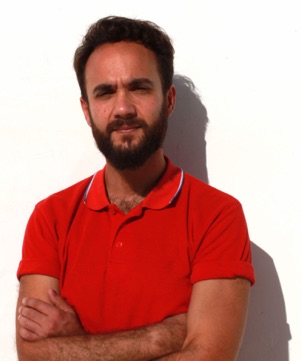
Tim Ziman
(Institut Laue Langevin and CNRS, Grenoble, France)
My interests in the magnetic states of the garnets was originally sparked by experimental colleagues looking for an interpretation of spectral from neutron scattering and, in particular, the relation to the generation of spin currents. This lead to interesting questions about quantifying the effects of non-collinearity on the chirality of magnons in the complex non-collinear states generated by competition between strong local anisotropies and magnetic exchanges. This can be formulated for bulk insulators, but there are also interesting questions relating to the coupling of such magnetic excitations to metallic degrees of freedom, either at the interface between two materials, or intrinsically, for a non-collinear magnetic metal.

Michiyasu Mori
(Japanese Atomic Energy Agency, Japan)

Phonon Hall effect, spin Seebeck effect, and Josephson diode effect are my latest interests. For these phenomena, quantum magnets, including flat-band and topological materials, are candidates to open up new theories in condensed matter physics.
Kei Yamamoto
(Japanese Atomic Energy Agency, Japan)
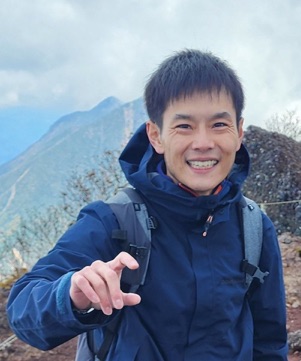
I have been working on theoretical and mathematical aspects of understanding magnetic properties of materials, particularly in the field of spintronics. Having a background in general relativity and cosmology, I consider my role to be laying a solid foundation to the rapidly growing pool of new concepts in condensed matter physics, and applying them for interpreting latest experimental results in magnetism that are profiting from the advanced nano fabrication technologies. A theme that permeates through my works in the last couple of years is waves propagating along material surfaces. While there has been a growing interest in surface acoustic and spin waves for technological reasons, they are also very peculiar from mathematical perspectives, reflecting underlying subtleties in modelling a many-body system consisting of a finite number of electrons and nuclei as an infinite-volume continuum. In the context of ASG, I am interested in understanding how microscopic arrangements of localised spins manifest themselves in the coarse grained macroscopic properties.
Tomi Ohtsuki
(Sophia University, Japan)
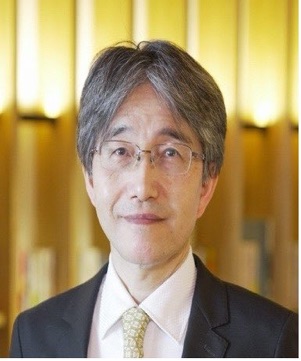
My work in theoretical and computational condensed matter physics began with studies of quantum transport phenomena—most notably the Anderson transition, fluctuations, and both Hall and spin-Hall effects in nanoscale systems. Over the past decade, I have expanded my research to three-dimensional topological materials, investigating disorder effects in topological insulators and Weyl semimetals and quantum magnon Hall effect in anisotropic spin ice. Approximately ten years ago, I pioneered the use of multilayer convolutional neural networks to probe randomness-driven quantum phase transitions in both topological and non-topological systems. More recently, I focus on quantum machine learning—drawing the phase diagram of the cluster Ising model. I am also interested in the behavior of quantum computer, and study the entropy dynamics of monitored free-fermion systems. I was honored with the Outstanding Referee Award by the American Physical Society in 2021.
Keith Martin Slevin
(Osaka University, Japan)
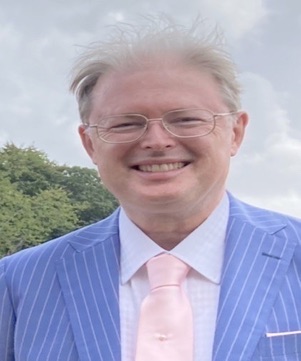
I am a condensed matter theorist with an interest in numerical simulations of disordered systems. A particular focus has been careful finite size scaling studies of the critical phenomena of the Anderson transition in various universality classes and the quantum Hall effect. I have worked on the manifestation of multifractality in the distribution of the Kondo temperature at the Anderson transition, as well as the effect of magnetic impurities on the Anderson transition. Current collaborations include work on the effect of spin-orbit-coupling on coherent backscattering and the analysis of transitions in disordered systems using machine learning.
Kyoung-Min Kim
(APCTP, Korea)
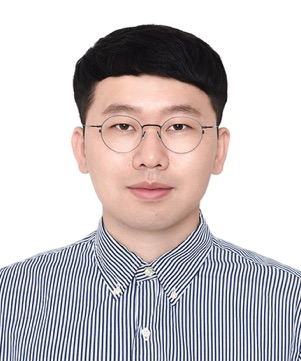
I am interested in novel emergent magnetic phenomena within low-dimensional magnetic systems, particularly magnetic van der Waals materials. My research focuses on intriguing non-uniform magnetic orders, such as skyrmion lattices, which arise from complex atomic structures or magnetic interactions. My goal is to understand the stabilizing mechanisms of these magnetic structures and their physical impacts on magnon energy spectra. I primarily use atomistic spin simulations and numerical magnon calculation codes based on the Holstein-Primakoff transformation. I am eager to discuss potential collaborations with both theorists and experimentalists to explore these topics further.
Moon Jip Park
(Hanyang University, Korea)
Alexei Andreanov
(PCS IBS, Korea)
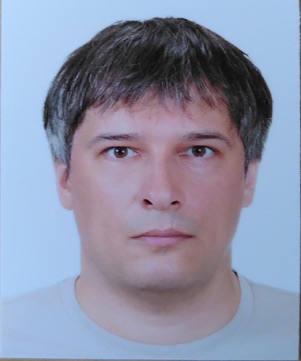
My research is focused on the interplay of geometry, frustration (also caused by frustration) and disorder/interactions and the various phenomena caused by such an interplay. In particular I am interested in flat bands: their classification/engineering and emergent physics in presence of perturbations; thermalisation of many-body systems and geometrical frustration. I usually use on analytics and light to medium numerics, as well as machine learning methods.
Oleg Utesov
(PCS IBS, Korea)
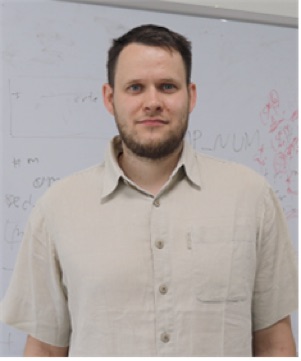
Magnetic anisotropy plays a crucial role in stabilizing complex spin structures, including topological ones, in frustrated antiferromagnets. Recently lattices of compact nanometer-sized skyrmions were discovered in triangular and tetragonal frustrated systems. Complex anisotropic interactions - compass anisotropy and magnetodipolar interactions - are of particular importance for their stabilization. In my studies, I explore rich phase diagrams of these compounds and the properties of the corresponding phases using analytical methods and numerical simulations.
Se Kwon Kim
(KAIST, Korea)
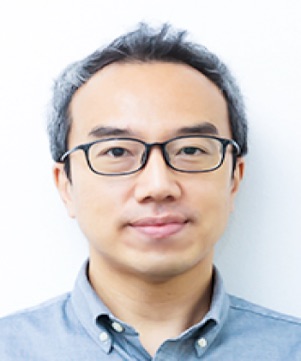
Our research focuses on the fundamental spin physics of magnetism and superconductivity as well as their technological applications in practical fields such as spintronics and neuromorphic computing. Much of our research involves topological phenomena, including the dynamics of topological solitons and the identification of novel topological phases. Complex anisotropies in quantum magnets engender a natural environment where we will seek to discover exotic magnetic excitations, such as flat-band magnons and topological solitons with potential utility in spintronics.
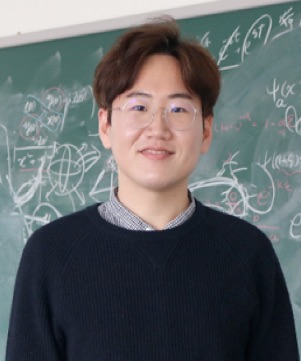
I study topological phases in strongly correlated electron systems. More specifically, I am interested in unconventional/topological superconductivity, magnetism, disordered systems, and quasicrystals. My past research projects include the higher-order topological insulator phase in twisted bilayer graphene systems and the topological superconductivity in multi-band superconductors. Recently, I am interested in the quantum geometry and topological properties of correlated matters and the novel dynamical behavior characterizing these phases. During the Advanced Study Group, I wish to extend the knowledge of topological phases to various quasiperiodic systems.

